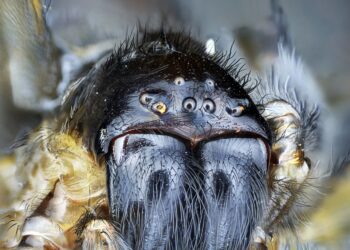What allows a camel to survive without water for weeks?

Fat storage in humps
Sweating less
Drinking seawater
Long legs
Which bird can fly backwards?

Eagle
Hummingbird
Albatross
Sparrow
How does the Arctic fox adapt to cold environments?
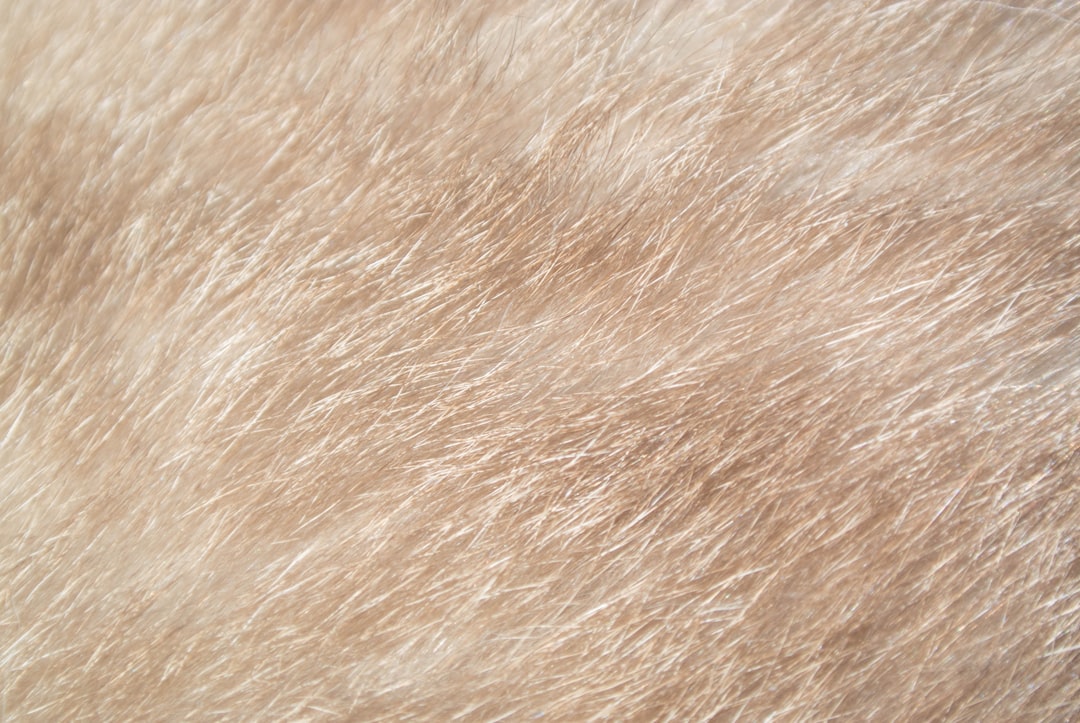
Hibernating
Thick fur coat
Digging burrows
Eating ice
What adaptation helps the mantis shrimp capture prey?
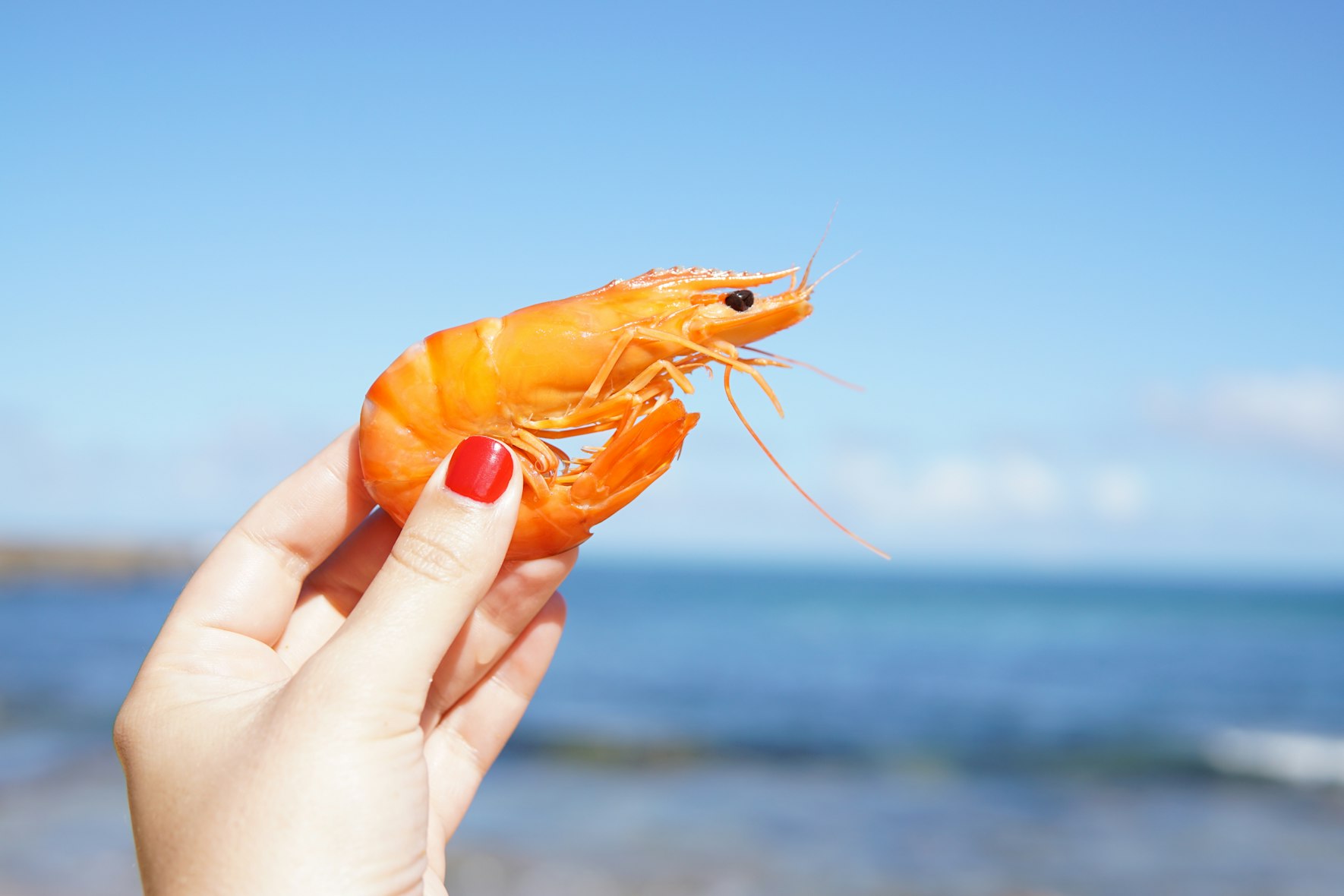
Poisonous spines
Electric shock
Super vision
Loud sounds
What enables mountain goats to climb steep cliffs?

Strong tails
Webbed feet
Suction cup hooves
Split hooves
Which animal uses electric fields to locate prey?
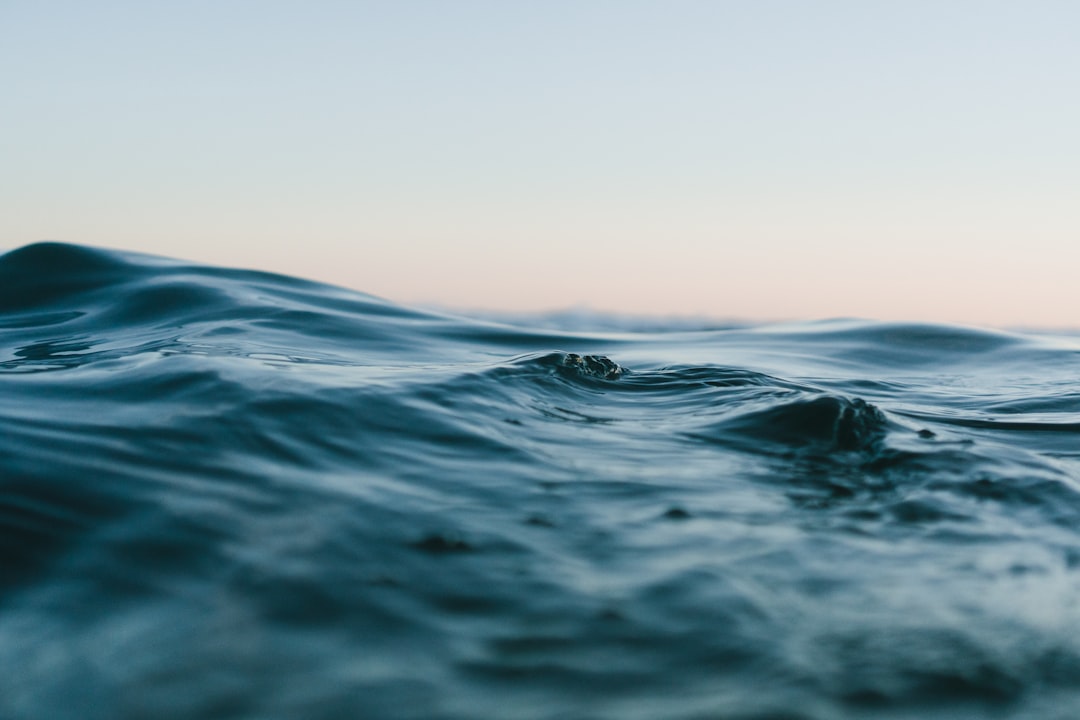
Shark
Bat
Owl
Lion
How does the bombardier beetle defend itself?
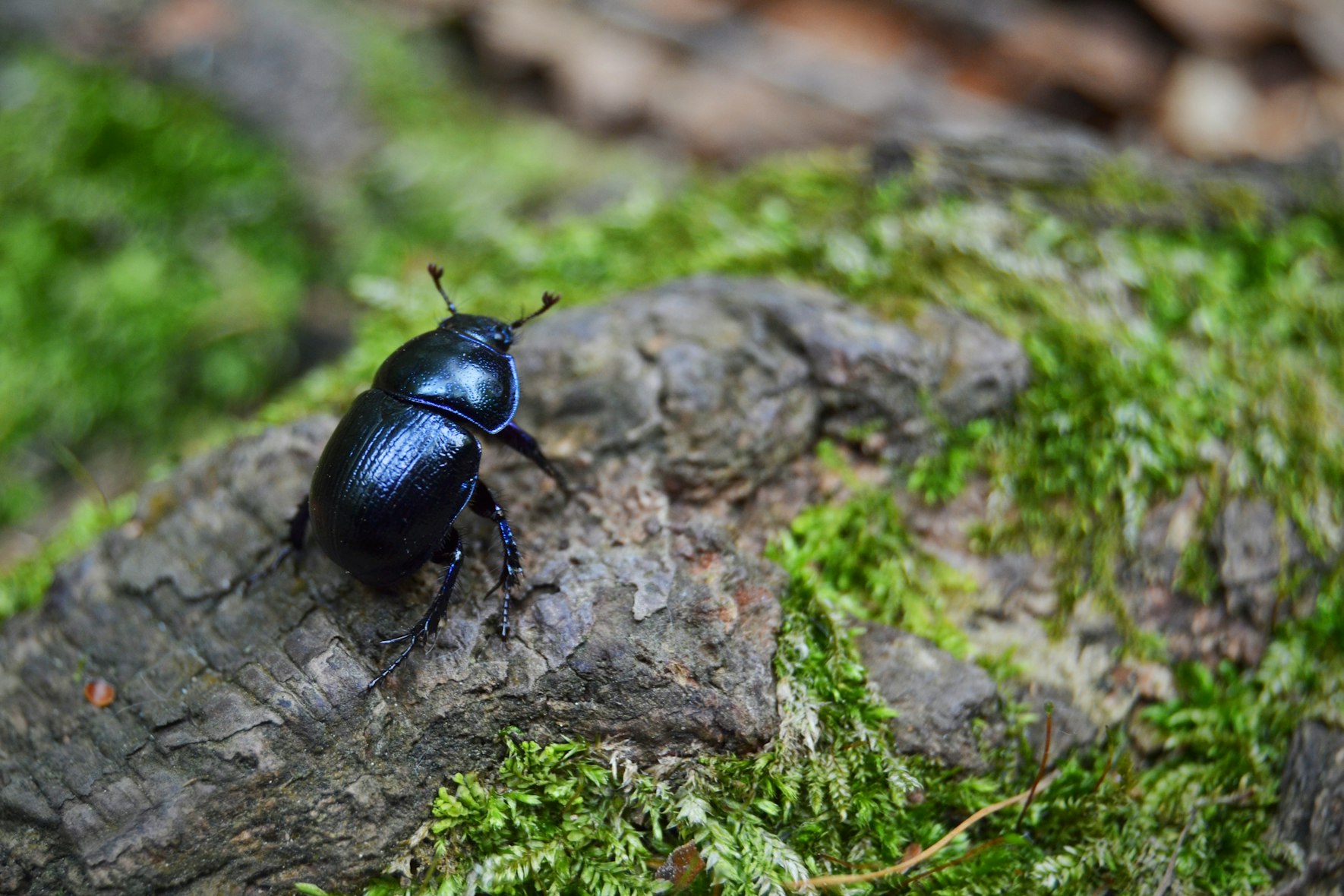
Flying away
Emitting loud noises
Spraying boiling chemicals
Blending into surroundings
Which reptile can change its skin color for communication and camouflage?
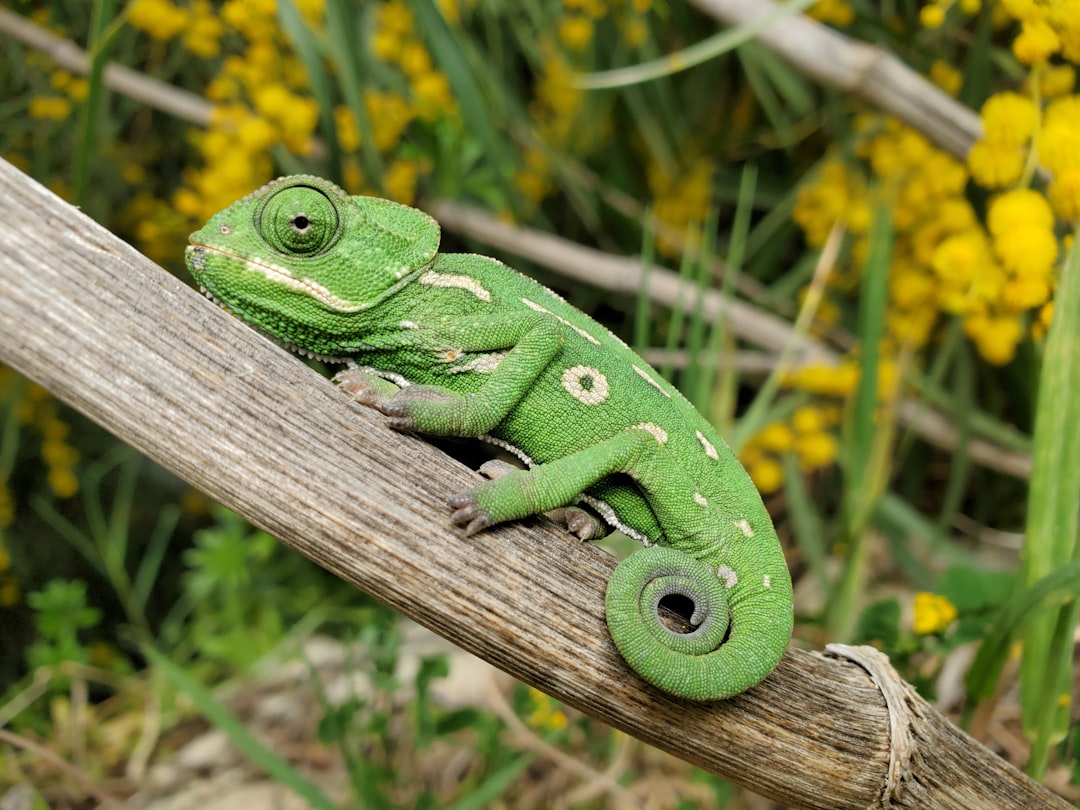
Crocodile
Komodo dragon
Chameleon
Sea turtle
What unique method do humpback whales use to catch fish?
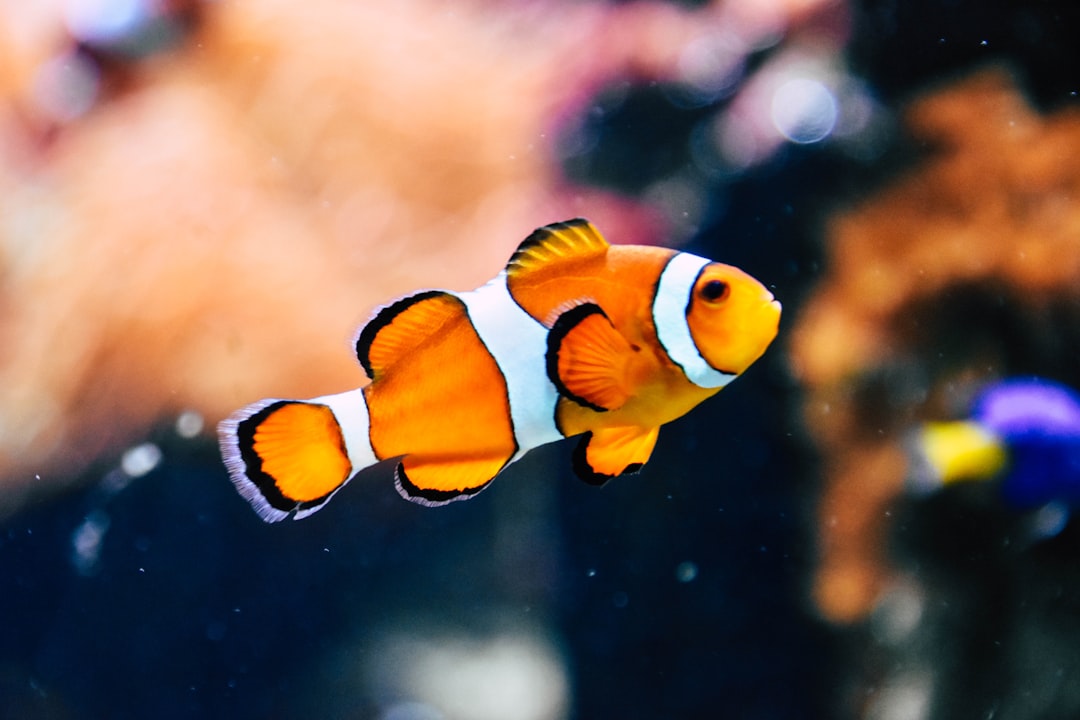
Jumping high
Tail slapping
Creating bubble nets
Emitting loud sounds
Which bird has a beak adapted to extract wood-boring insects?
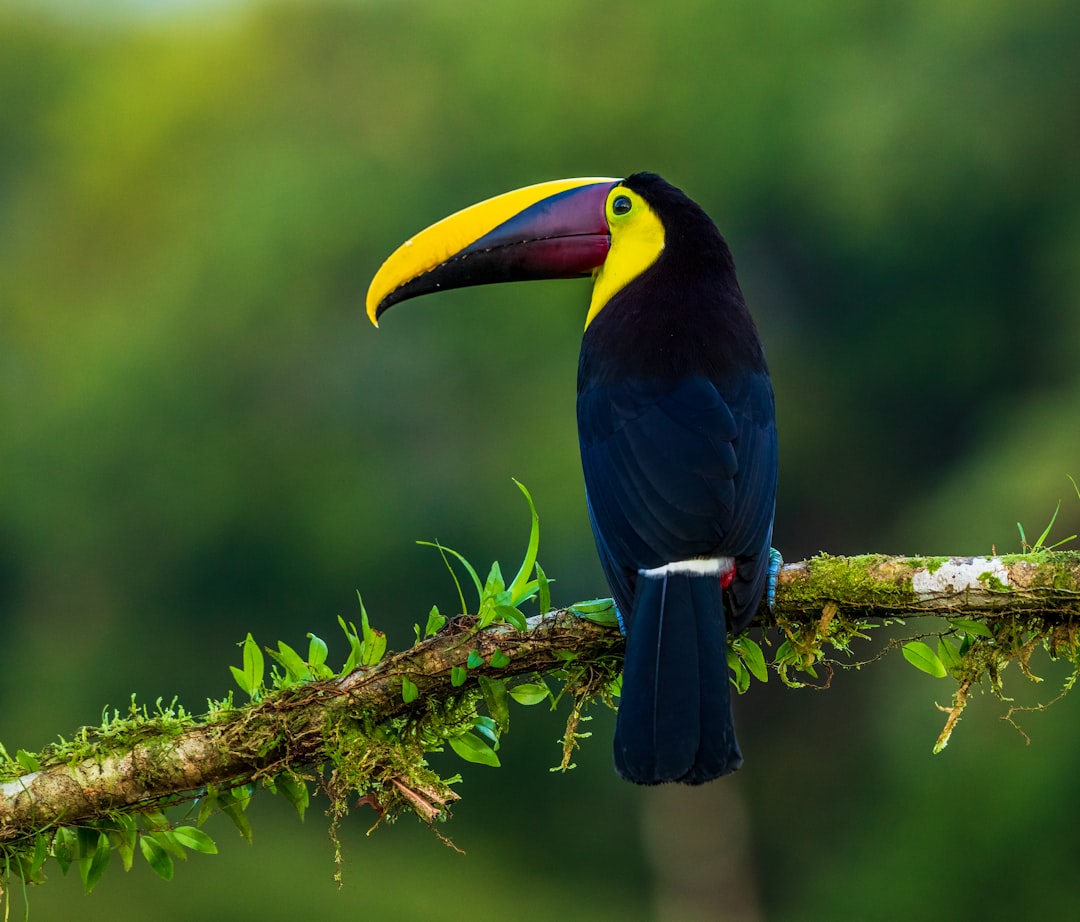
Woodpecker
Pelican
Penguin
Eagle
What unique feature do fennec foxes have for desert living?
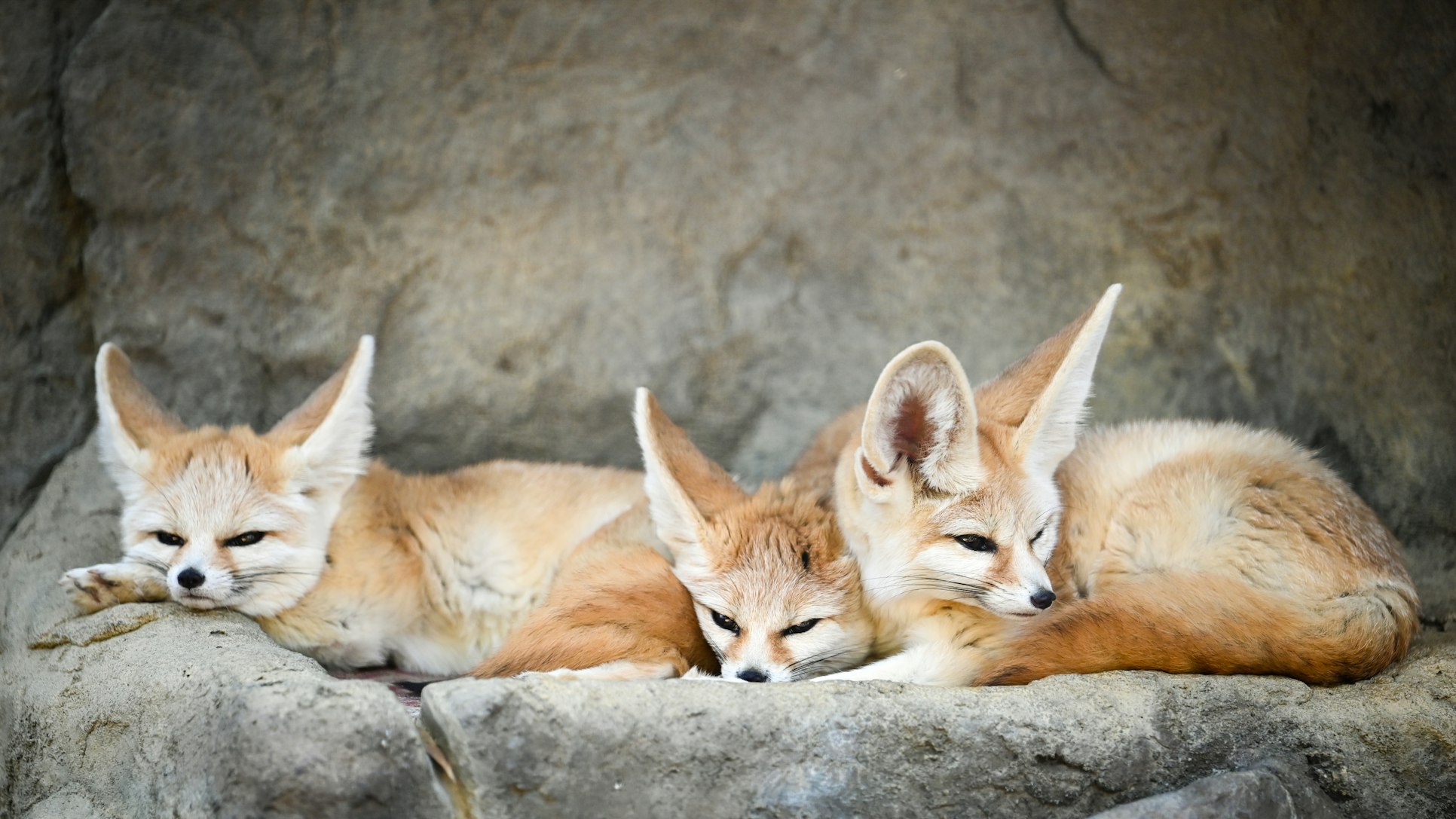
Large ears
Small paws
No sweat glands
Thin fur
What adaptation does the platypus use to find food underwater?

Webbed feet
Electrolocation
Long whiskers
Glow in the dark
How do sea cucumbers defend themselves?
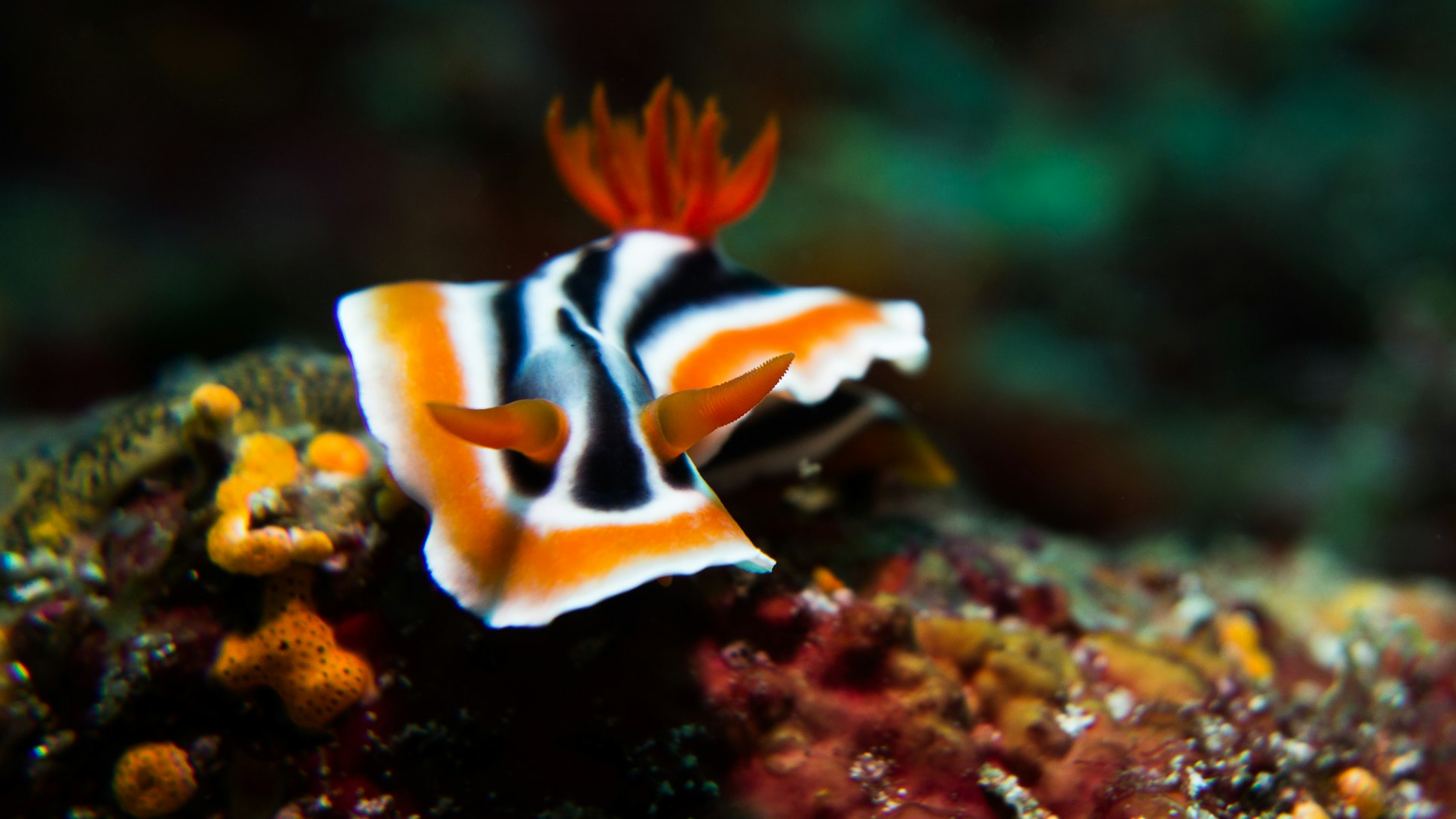
Camouflage
Hard shell
Expelling organs
Toxic skin
What allows goats to survive in arid environments?
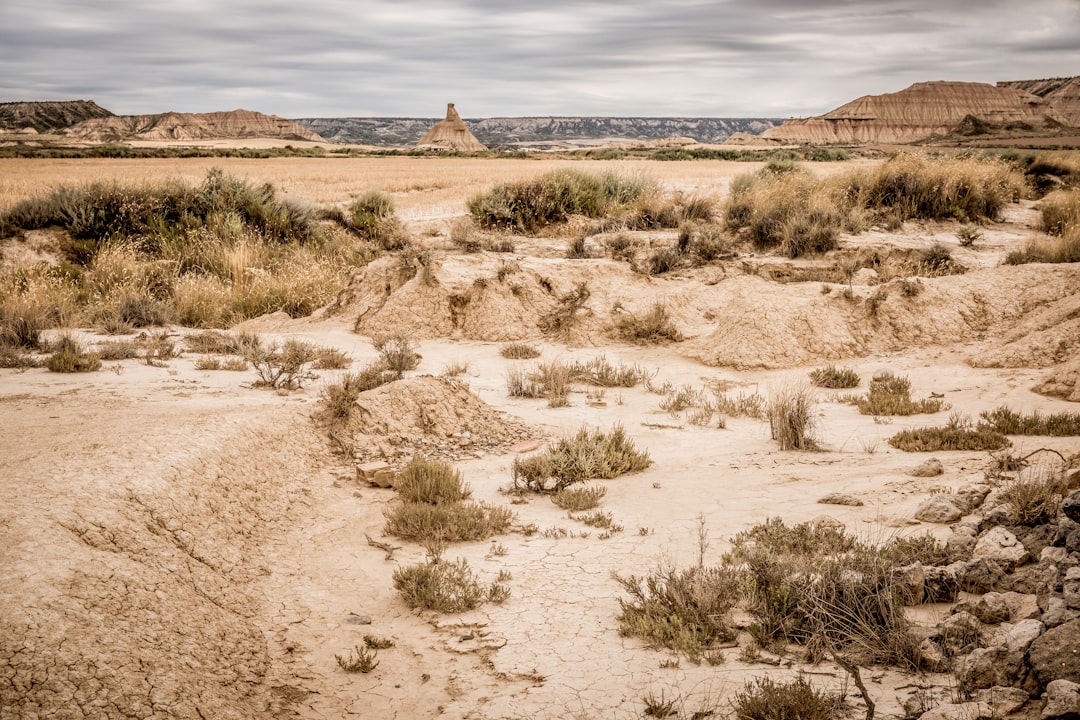
Large water bladders
Sparse fur
Efficient water metabolism
Eating cacti
Why do penguins huddle together?
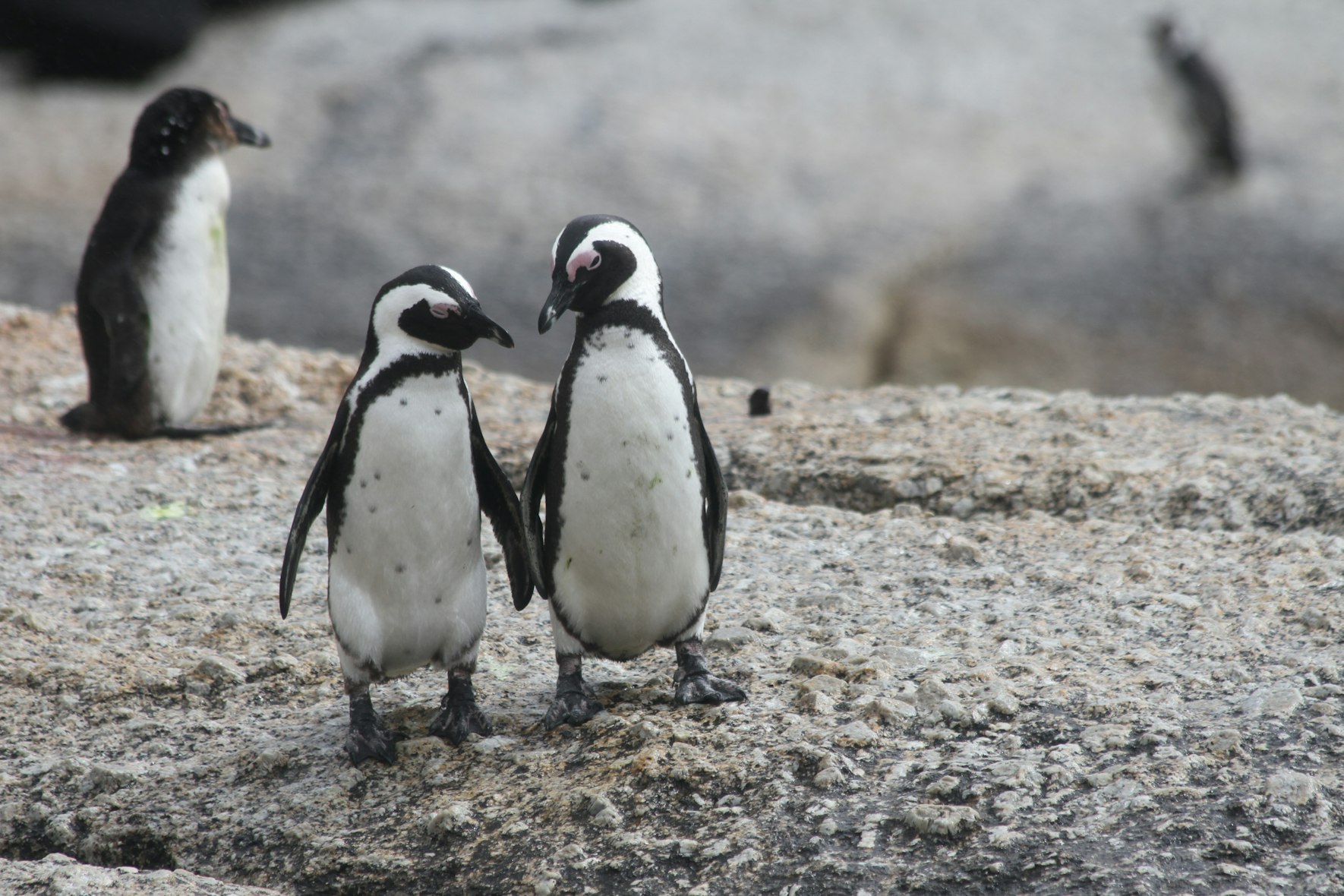
To mate
To play
To keep warm
To hunt
How do African elephants use their ears to stay cool?
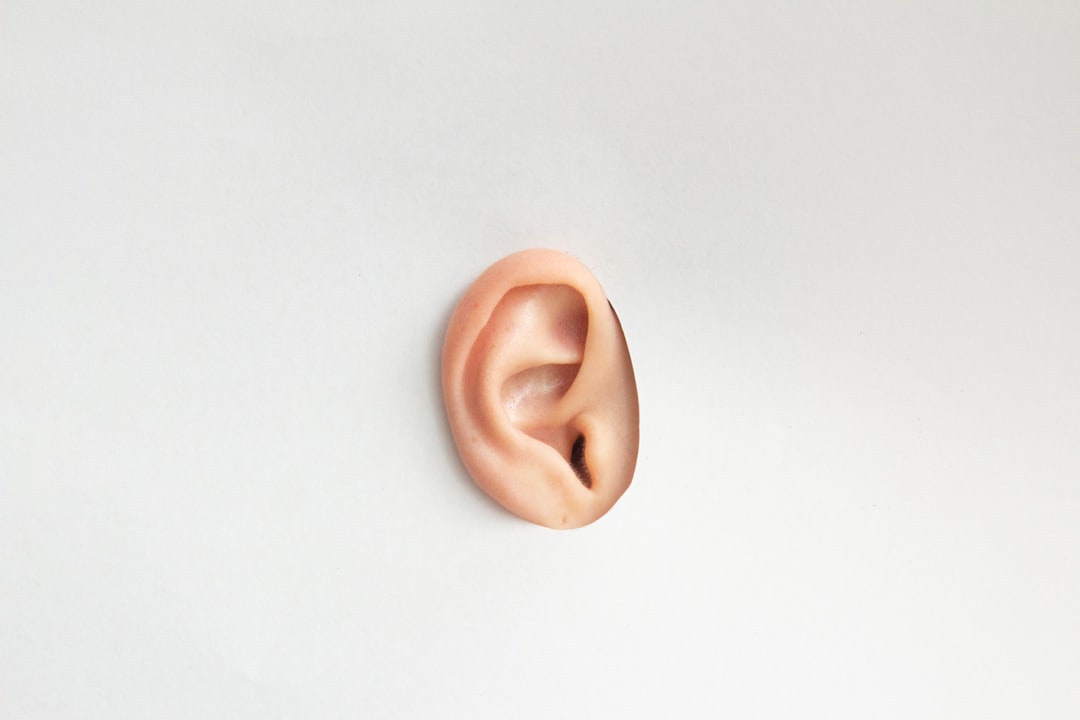
Flapping them
Hearing water miles away
Blocking the sun
Smelling water
What adaptation allows wood frogs to survive freezing temperatures?
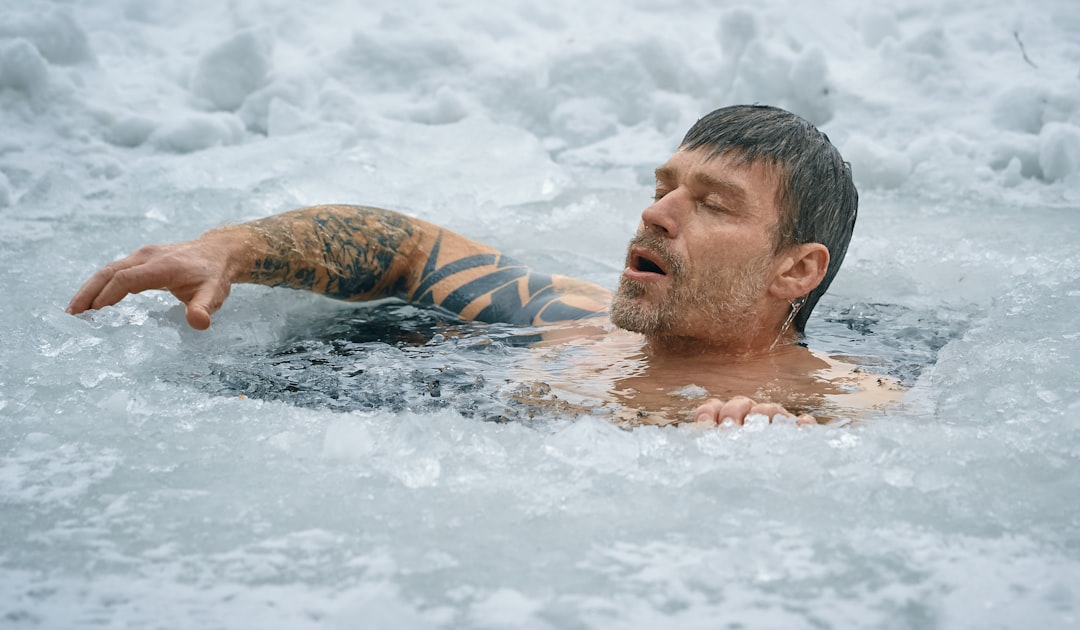
Hibernating underground
Antifreeze-like blood
Breathing through skin
Burying in mud
Why do giraffes have long necks?

To fight
To reach high leaves
To see predators
All of these
What trait helps desert tortoises conserve water?
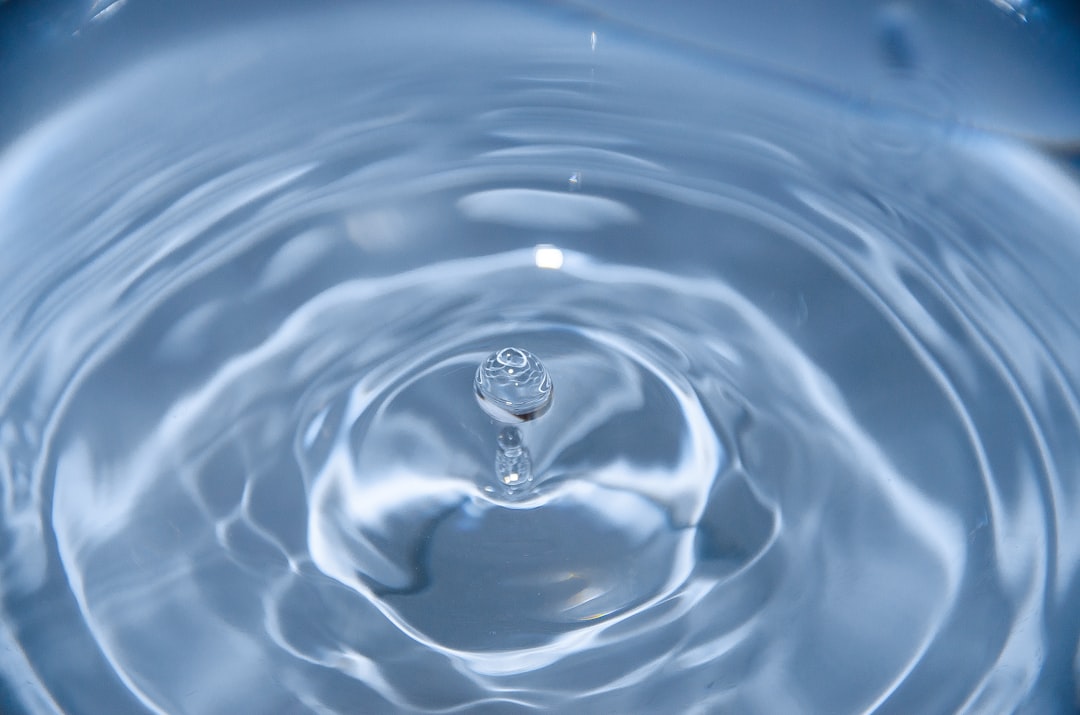
Waterproof shells
Retracting into their shells
Excreting solid urine
Large bladder
What is the purpose of the black and white stripes on zebras?

Attract mates
Intimidate predators
Camouflage in grass
Confuse predators
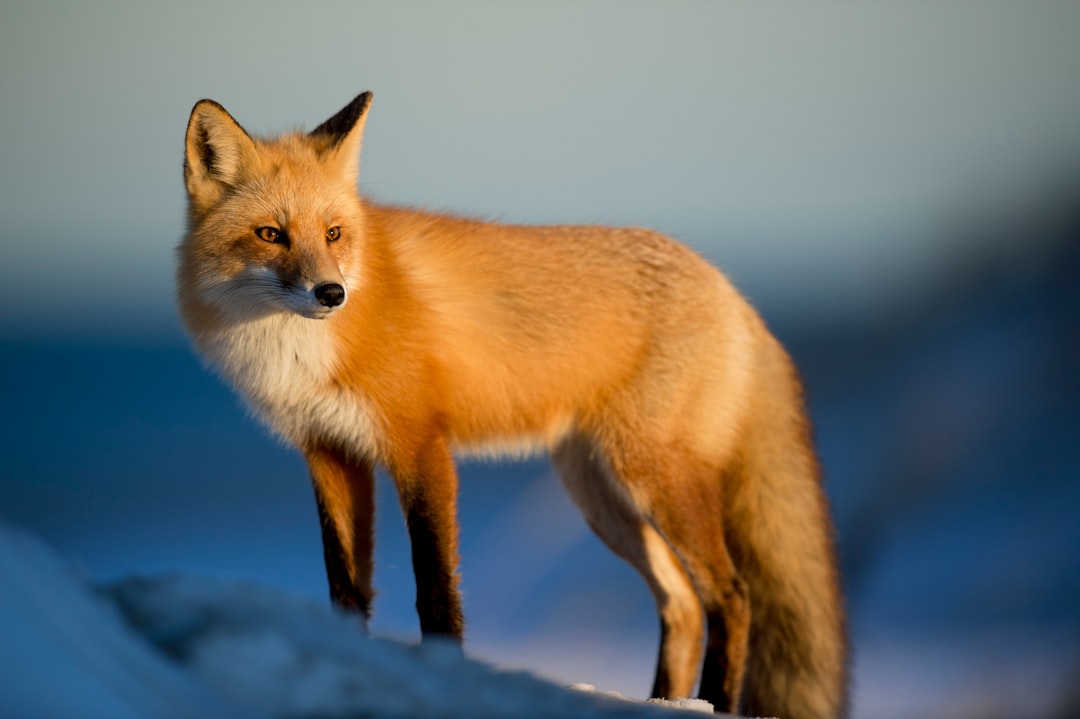
Adaptation Apprentice
You’re just starting to scratch the surface of animal adaptations!
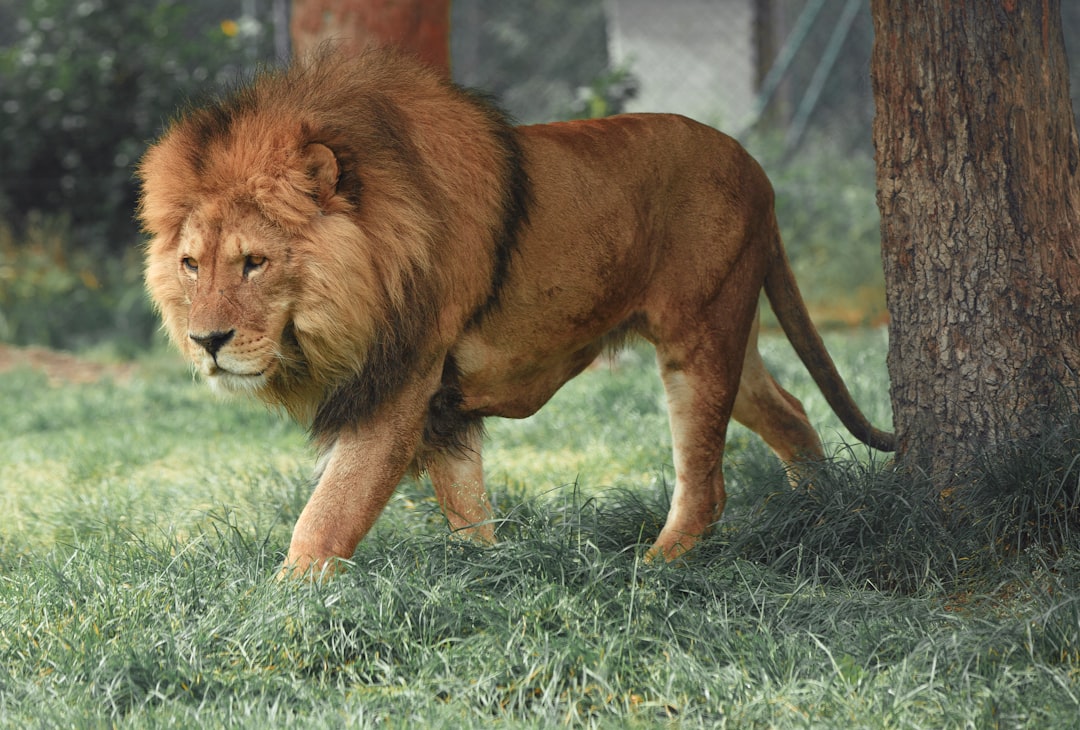
Evolving Enthusiast
Your knowledge is growing, keep adapting and learning!
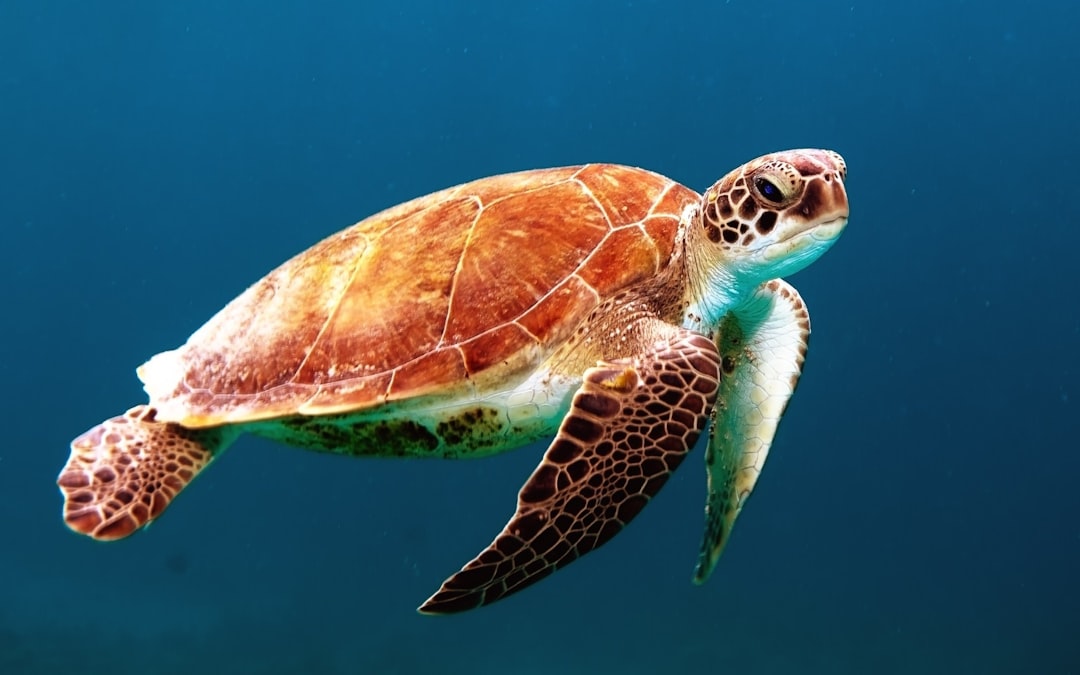
Adaptation Ace
You’ve mastered the art of unusual animal adaptations, truly survival of the fittest!




